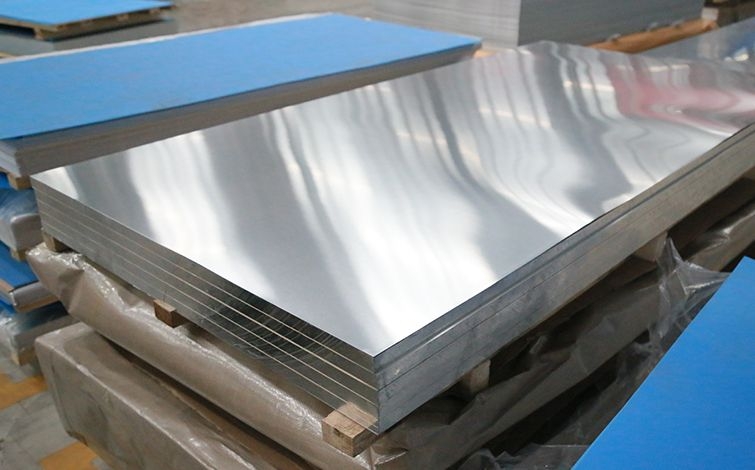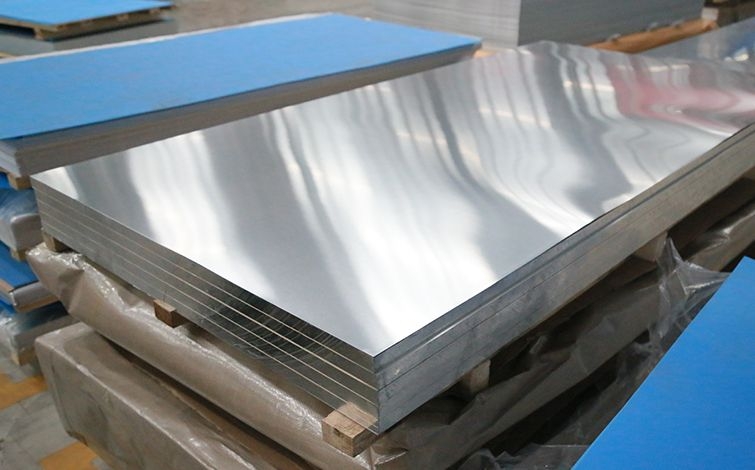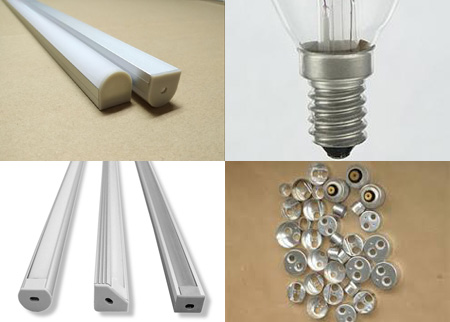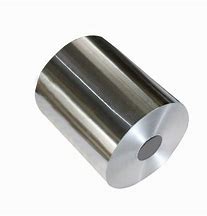



Determine the assembly gap and positioning welding spacing
During the welding process, the aluminium plate is heated and expanded, resulting in a reduction of the weld bevel gap. If the assembly gap before welding is left too small, the welding process will cause the bevels of the two plates to overlap, increasing the unevenness and deformation of the plate after welding; on the contrary, if the assembly gap is too large, it will be difficult to weld and there is a possibility of burning through. Suitable positioning welding spacing can ensure the required positioning welding gap, therefore, choose the appropriate assembly gap and positioning welding spacing, is an effective measure to reduce deformation. According to experience, the more reasonable assembly process parameters for butt joints of different plate thicknesses vary.
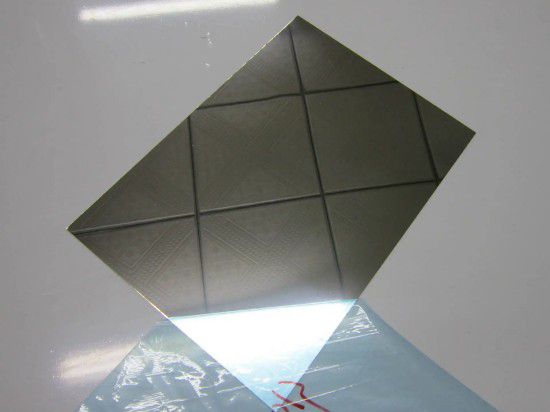
Selecting welding equipment
There are many types of welding products on the market at present, and in general it is advisable to use AC tungsten arc welding (i.e. TIG welding). It is a welding method under the protection of argon gas, using the tungsten electrode and the workpiece to melt the base material and filler wire by the heat of the arc. The welding machine works as the polarity of the AC current is changing periodically, with half the wave in each cycle being DC positive and half the wave being DC reverse. During the positive half-wave the tungsten electrode emits enough electrons without overheating, which helps to stabilise the arc. During the reverse half-wave, the oxide film on the surface of the workpiece is easily cleaned off to give a bright and well formed weld.
Selecting welding wire
Generally, 301 pure aluminium wire and 311 aluminium-silicon wire are used.
Selection of welding method and parameters
Generally, the welding is carried out by the left welding method, with the torch and the workpiece at an angle of 60°. When welding a thickness of 15mm or more, the welding is carried out by the right welding method, with the torch and the workpiece at an angle of 90°.
When welding a wall thickness of 3mm or more, open a V-shaped bevel with an angle of 60° to 70°, with a gap of no more than 1mm, and finish with multi-layer welding. When the wall thickness is below 1.5mm, no bevel is opened, no gap is left and no filler wire is added. When welding fixed pipe butt joints, when the pipe diameter is 200mm and the wall thickness is 6mm, a tungsten electrode with a diameter of 3 to 4mm should be used, with a welding current of 220 to 240A and a filler wire with a diameter of 4mm, to finish with 1 to 2 layers of welding.
* Thank you for your inquiry. Please provide your business needs information so that we can better serve you.
This information can help us assign the most suitable person to solve your problem. We will give you feedback within 1-2 working days.
Related Blog
